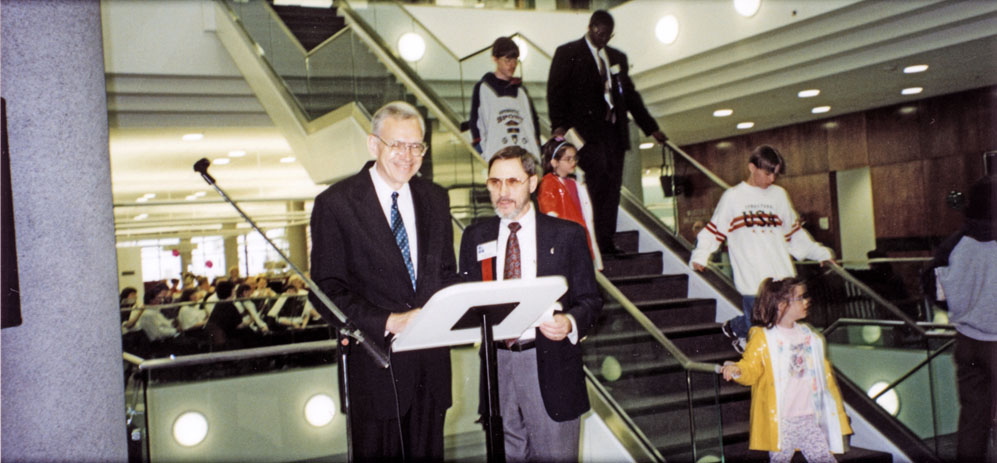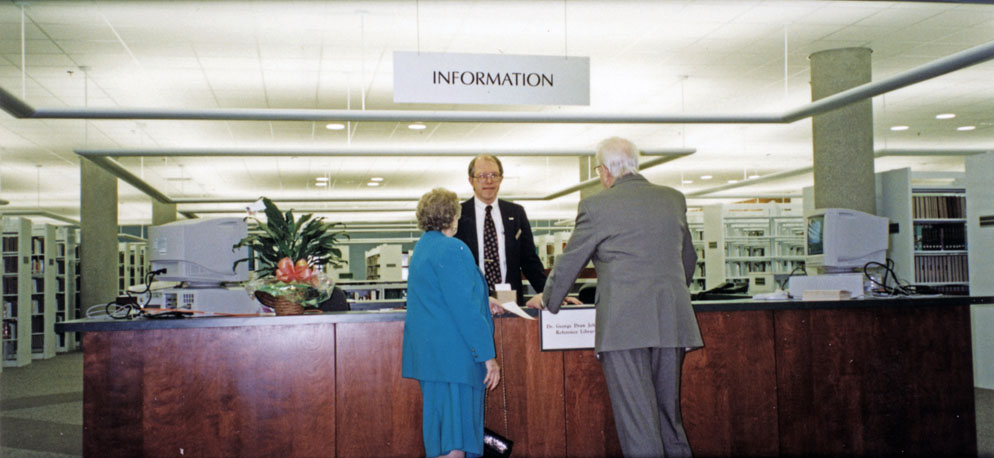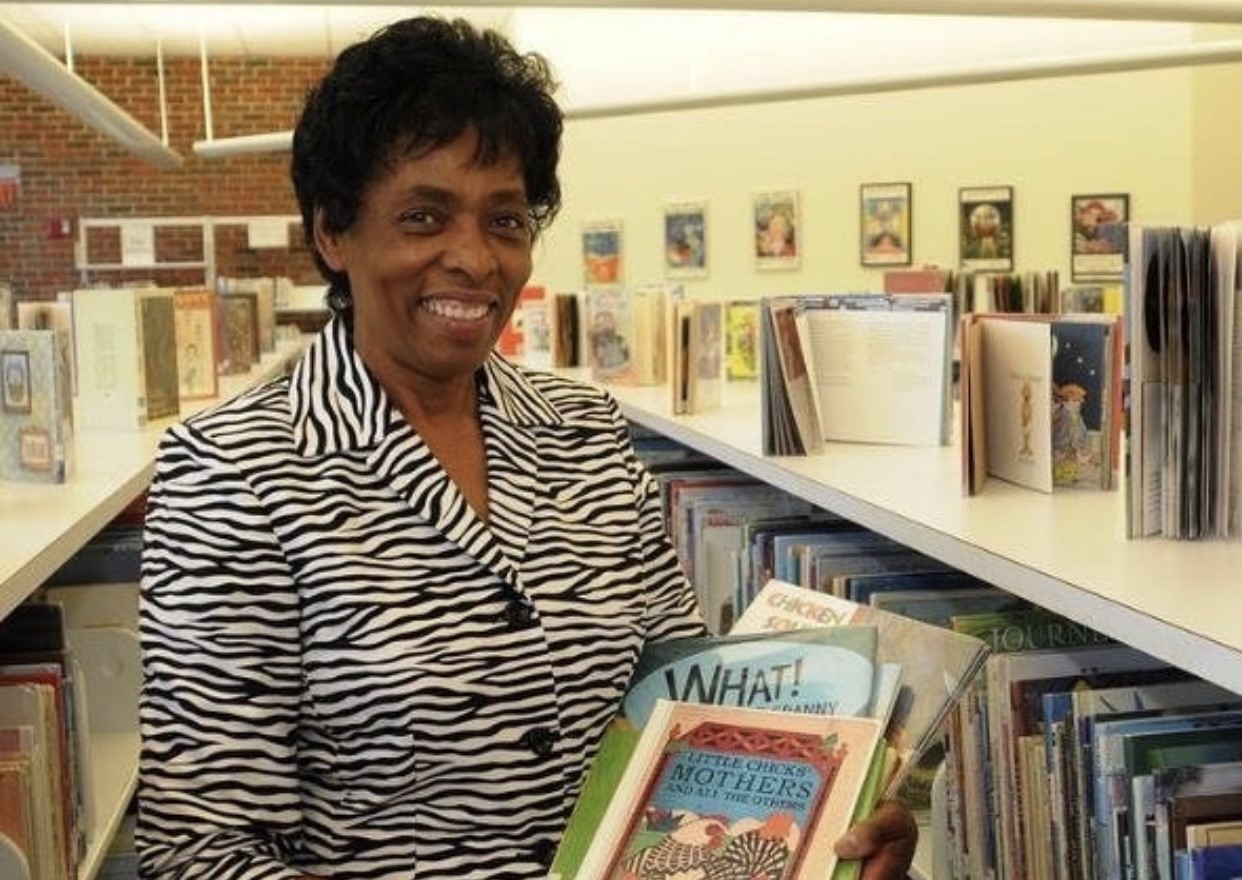
Dedicated: April 27, 1997
History
The year was 1885. Grover Cleveland had just been inaugurated the 22nd president of the United States. Mark Twain had just released his classic novel, “The Adventures of Huckleberry Finn.” And in Spartanburg, South Carolina, the Kennedy Library opened its doors with a grand total of 900 books and a $3 per year subscription fee for access to its volumes.Thanks to a gift from Mrs. Helen Fayssoux Kennedy of the lot where her husband’s office once stood, Spartanburg’s first “public” library opened on October 17, 1885, on the top floor of a two-story building facing Kennedy Place in the central business district. Her gift honored her husband, Dr. Lionel Chalmers Kennedy, a well-known and respected physician who had died five years earlier. Among the library’s first holdings was Dr. Kennedy’s 600-volume medical library and some 300 other books collected by the citizens of Spartanburg.
It was unheard of in those days to collect taxes to support libraries, so the Kennedy Library kept its doors open by charging annual and monthly membership fees. The facility soon was adopted by the Ladies Auxiliary Association, which kept it stocked with books and furniture. By 1899, the ladies realized that Spartanburg was on the verge of outgrowing the little library. They took it upon themselves to write a letter to the famed philanthropist Andrew Carnegie, asking for a contribution to help build a new library. After four years of correspondence, the Kennedy Library Board was notified in June 1903 that Carnegie would donate $15,000 if the city would purchase the land and contribute $1,500 annually in support of the library.
Assured that Spartanburg could afford a new library, the building committee chose a site on Magnolia Street, right on the trolley line, and construction began on the Kennedy Free Library. When it opened on January 15, 1905, it was called “one of the best and most modern libraries in South Carolina.” Despite its fame, the new library struggled financially. Librarian Mary Baughman often worked without salary, and evening hours were discontinued in 1908. By 1934, the situation was so dire that no new books were bought at all.
On the initiative of the Spartanburg County Foundation, a group of citizens began a campaign to make the library a tax-supported institution. In 1947, the Spartanburg County Legislative Delegation approved the creation of a true “public” library, and a one-mill tax was levied on all property in the county in support of the facility. Hours were extended, and the library reached out into the Black community for the first time, opening branches in the South Liberty Recreation Center in 1947 and in the Bethlehem Center in 1950. As a demonstration project by the Junior League of Spartanburg, a bookmobile went on the road in 1947 and became a permanent service in 1948. The library’s first Children’s Room also opened in 1948. In the mid-fifties, Spartanburg began outgrowing its library again, and the local Jaycees began a concentrated drive to convince residents to support construction of a larger, more modern building. Their successful effort won them a National Jaycees Award. Bonds were sold, and construction began on South Pine Street in 1960. When the building opened on May 15, 1961, Spartanburg again had one of the best and most modern libraries in the South.
The library then began an explosive period of growth. Between 1969 and 1979, Landrum and Woodruff branches moved to permanent buildings and new branches were added in Lyman, Inman, and Chesnee. An automated circulation system became operational in 1979, making Spartanburg the first public library in a four-state area to do so. A year later, the library system loaned half a million books for the first time. During the eighties, branches were added in Boiling Springs and on Spartanburg’s Westside. Realizing the county was once again outgrowing its main library, citizens, community leaders and the Library Board began laying the groundwork for the new headquarters. In 1992, an $11 million bond referendum was approved by voters, setting the state for construction of the South Church Street Headquarters. During the same period, the library system, lending over one million books per year, saw rented facilities in Inman, Boiling Springs, and Lyman replaced with permanent buildings and new service in a new building in the Pacolet area between 1991 and 1996.
On April 27, 1997, the new Headquarters opened to the public. Once again, as in 1885, 1905, and 1961, the Spartanburg County community was served with the best, most modern library possible.
Since 1997, the Spartanburg County Public Libraries have continued to grow to include a staff of approximately 200 in an effort to deliver the best service possible to the citizens of Spartanburg County. Today the Libraries offer 10 full-service local libraries and a Bookmobile. Each location provides a variety of programming for children, teens and adults and is equipped with meeting room facilities, free internet access, and shelves full of books, magazines, movies, and more. For those who are not able to come into a library, Homebound Services delivers books to shut-ins almost every day. Additionally, many downloadable books and resources are available on our website www.spartanburglibraries.org. Also, visit the Libraries on our social networking sites – Facebook, Twitter, YouTube and Instagram.
Evolution of the Downtown Library
Founder
Dr. Kennedy’s widow, Helen Fayssoux Stevens Kennedy, deserves the credit for founding the library. It was her decision to honor her husband’s legacy by donating his books and lot on Morgan Square to the people of Spartanburg for use as a free library. The Kennedys’ name lives on today in Kennedy Street and in the Kennedy Room, which houses SCPL’s local history collection.
Spartanburg was without a public library for its first century. That would change through the generosity of the Kennedy family. Renowned physician Dr. Lionel C. Kennedy had been known during his lifetime for his many acts of service to those in need. It would be his collection of books and the lot where his office stood that would form the basis for Spartanburg’s first public library.
Morgan Square
The library’s first home stood on the northeast corner of Morgan Square and first opened its doors to the public on October 19, 1885. During its first week of operation, there were a total of 51 visitors. The building’s first floor was rented out to a sewing machine shop, while its second floor housed the library’s collection and a small meeting room. Although this building no longer remains standing, many of its books and furniture remain, along with an engraved stone sign and one doorknob.
Magnolia Street
The Kennedy Library benefitted from a large donation given by Andrew Carnegie in 1905, which allowed it to construct a new building on Magnolia Street, beside one of the city’s first public schools. This would remain the library’s home for over fifty years. But during the 1930s and 1940s, donations proved insufficient to keep the library afloat and despite its status as a valued public institution, it was in real danger of closing. The pivotal change came 75 years ago, in 1947, when voters authorized tax support for the public library.
South Pine Street
In its Magnolia Street location, the library was unable to expand and after briefly considering a move into the soon-to-be-vacated 1890s county courthouse, the library board moved ahead with a decision to build a modern facility on the site of the Dexter Converse mansion on South Pine Street. This new facility more than doubled the square footage of the library.
The 1950s and 1960s witnessed the move of many public institutions to suburban areas, matching the diffusion of residents out from the city center. Anticipating a population shift eastward, Spartanburg High School constructed a new facility in the Fernwood area and the library followed suit on South Pine Street. Other institutions that moved into new mid-century modern buildings during this time were the Spartanburg County Courthouse and Spartanburg City Hall.
The centerpiece of the Pine Street library was its reading room, a two story space filled with natural and artificial light and plentiful seating.
The children’s area was also quite large and bordered by spaces for performances and meetings.
Periodicals were housed in a separate area near the checkout counter.
For the first time since the library’s creation, a separate research room was allocated for local history materials. While the building no longer bore the Kennedy name, the Kennedy Room would continue the legacy of the library’s founders.
The library on Pine Street also included space for the Regional History Museum, which housed artifacts and hosted exhibits to showcase the history of Spartanburg County.
South Church Street
Downtown Spartanburg endured a long period of stagnation and decline during the 1970s and 1980s. The problems most often cited were narrow roadways, lack of parking, and blighted areas, but despite heavy public investments to remedy these problems, nearly all new private development avoided downtown, leading to a hollow, underutilized urban core. This image shows the view along South Church street in the early 1970s. The block that would later house the Headquarters Library included car dealerships and service stations, along with warehouses and a water tower.
Several bold projects during the 1990s began to halt downtown’s spiral of decline. One was the decision to return the library to downtown. Spartanburg County voters authorized a bond referendum that led to the purchase of a full block on South Church Street and the construction of a much larger new facility. Site clearing began in 1995.
The new headquarters library’s grand opening activities included a ribbon cutting along the central stairwell, a parade of young readers dressed as a huge book worm, performances by high school orchestras, and a presentation by Bill Drake and County Librarian Dennis Bruce.
Among other long-time staff members present during the grand opening was Steve Smith, who served as director of reference for most of his 35 year career with SCPL. The library remains committed to connecting its patrons to the information they seek, a constant through all the growth and change of one of Spartanburg’s oldest public institutions.
Carolyn Brewton Landrum was Spartanburg County Public Libraries first Black librarian, and was hired as the south was working through integration. It was Carolyn’s sense of humor, passion, and creativity that crossed racial lines and changed perceptions. Carolyn began her career with SCPL in December 1970 and retired in July 2008. In Carolyn’s 37 ½ years she shared the joy of reading to thousands and thousands of children. Carolyn was instrumental in the design and construction of the Barnet Childrens Library at the Downtown Library.
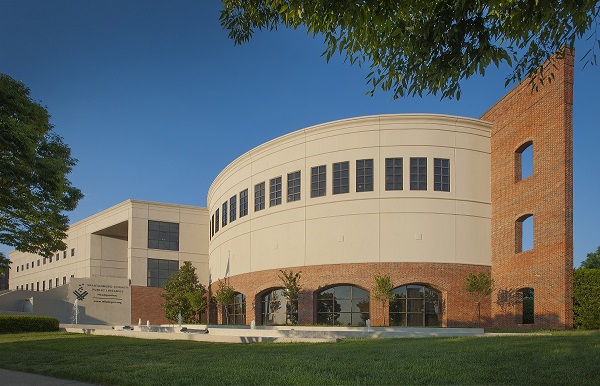
.ashx)
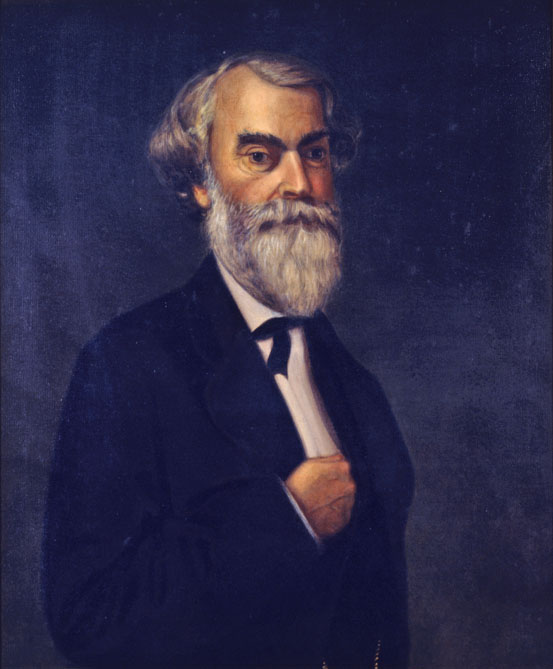
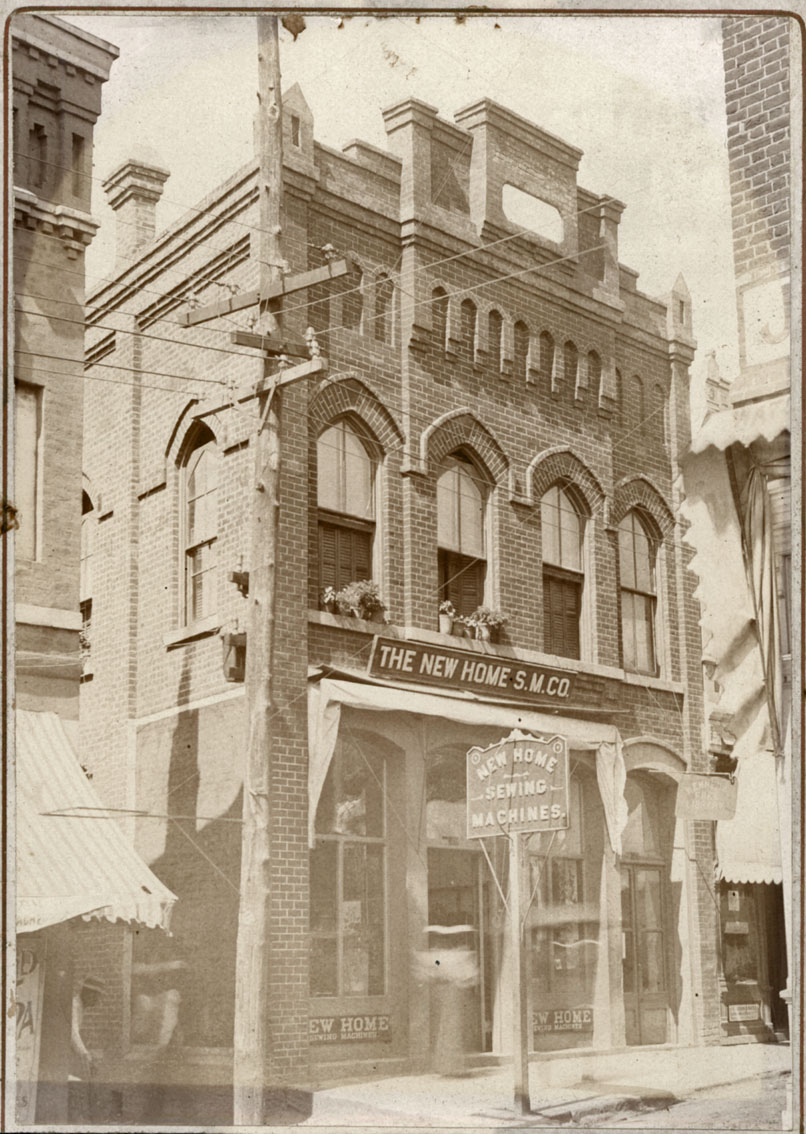
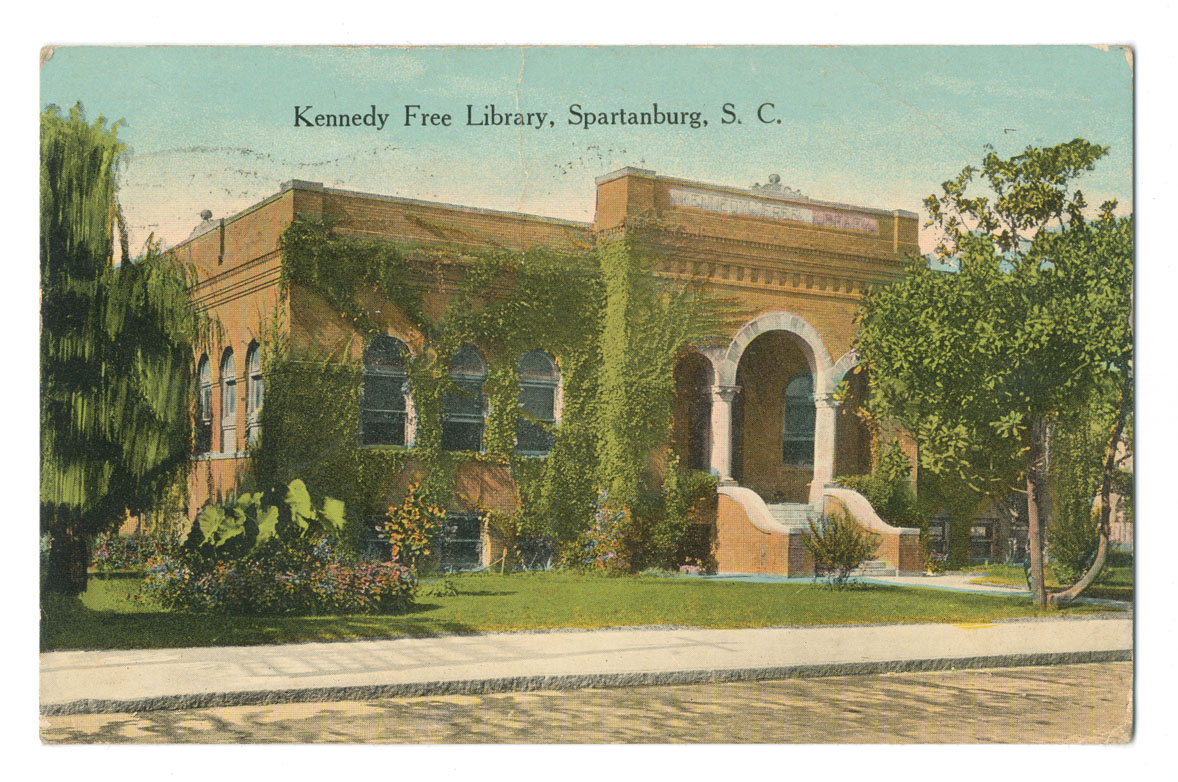
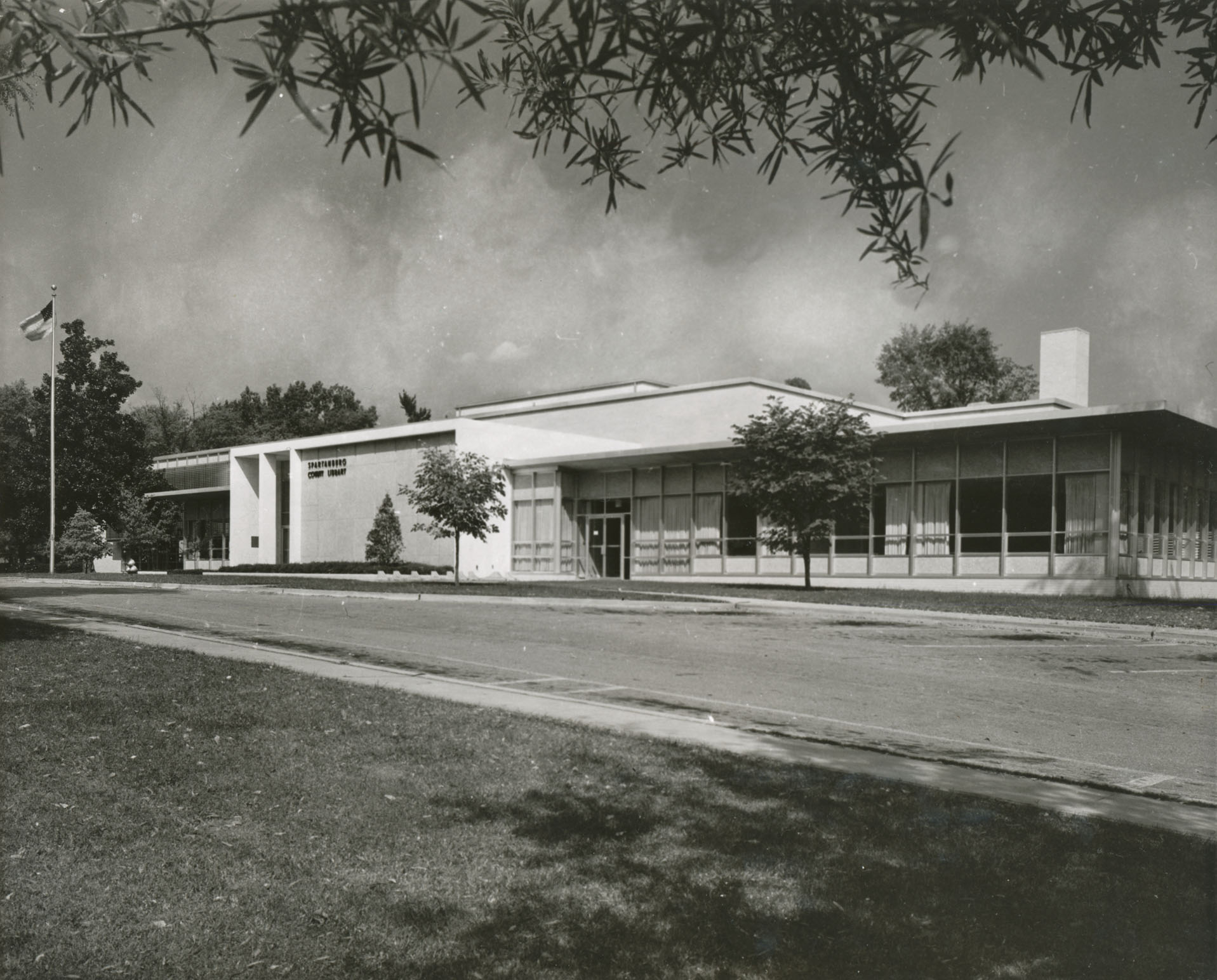
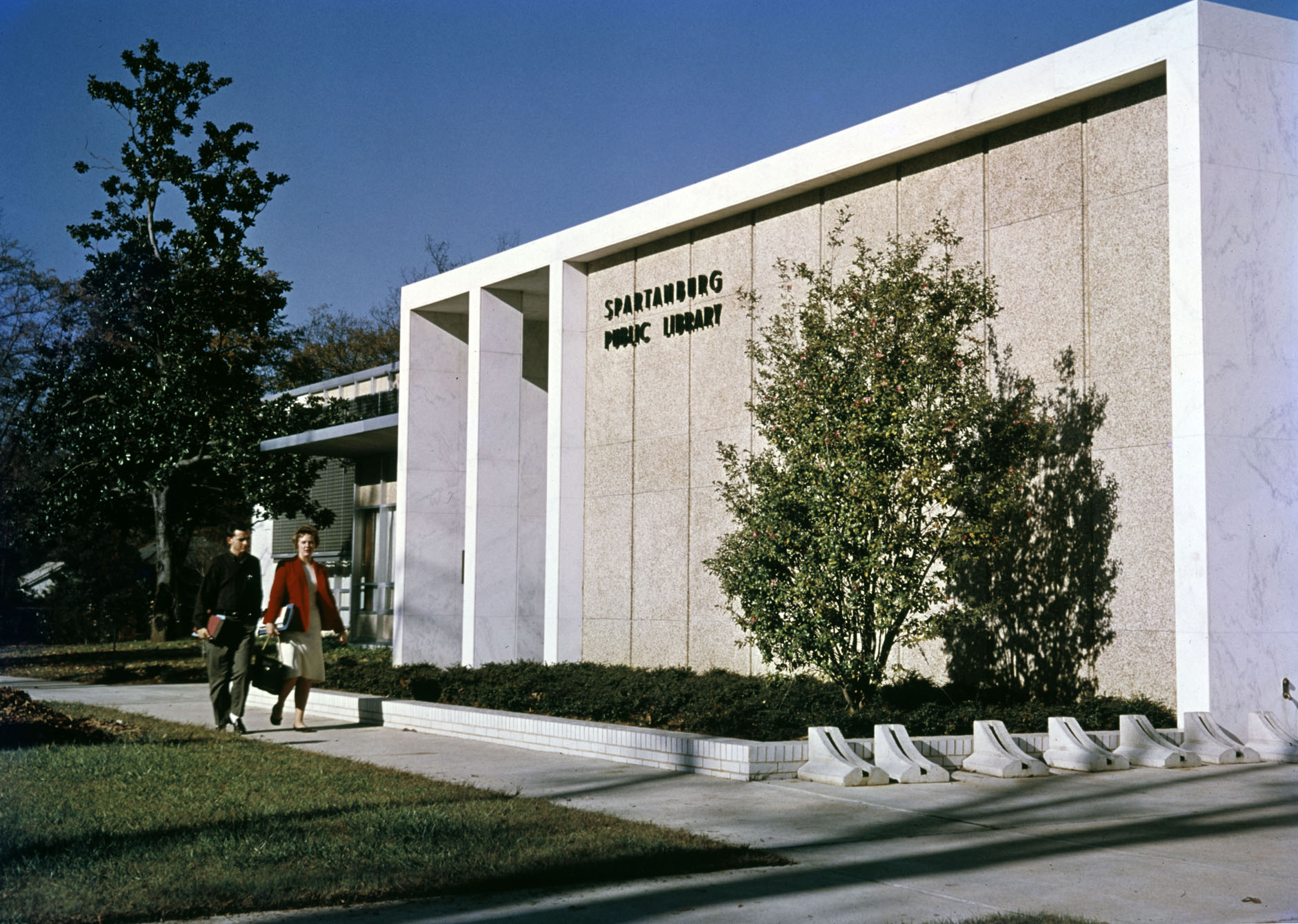
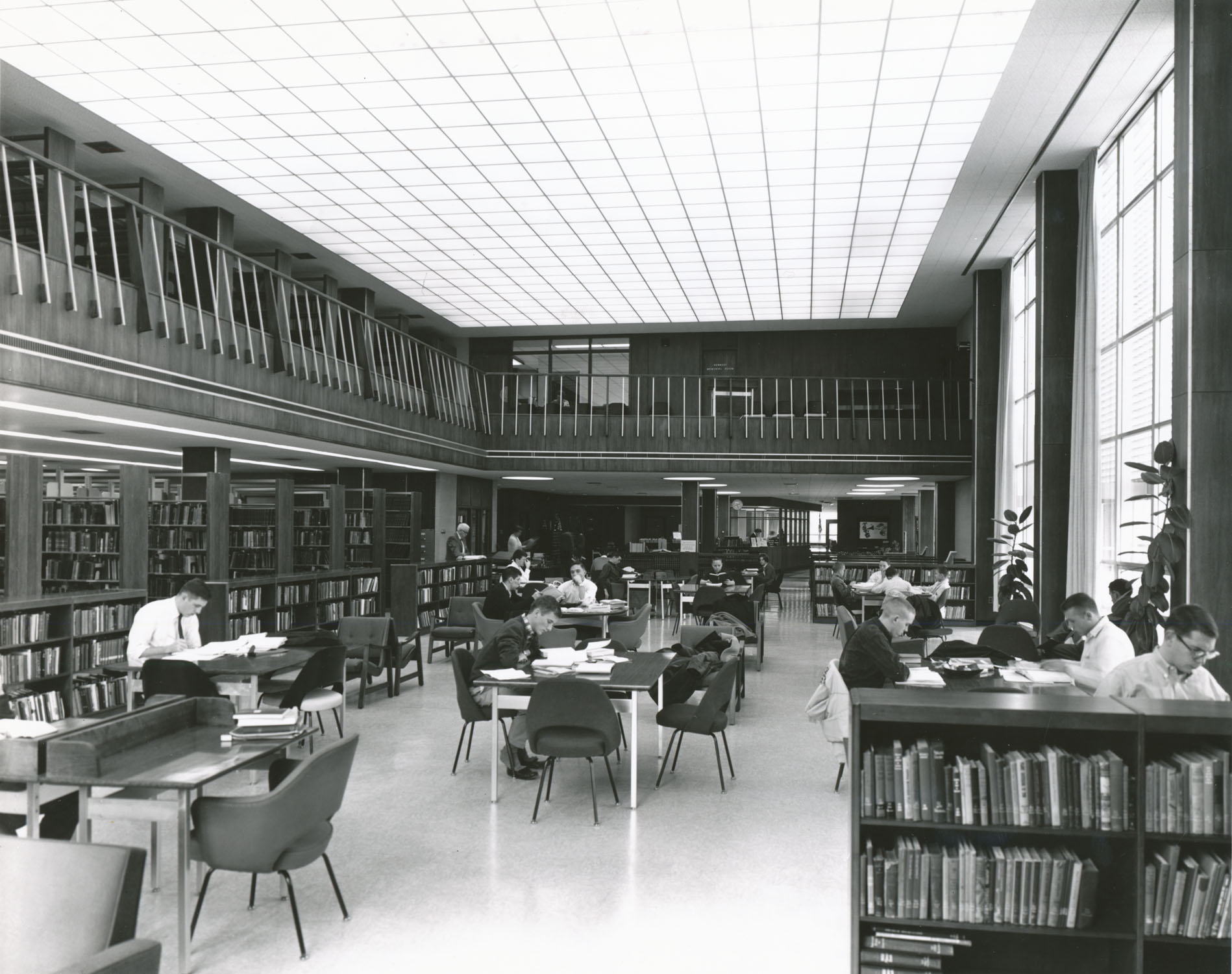
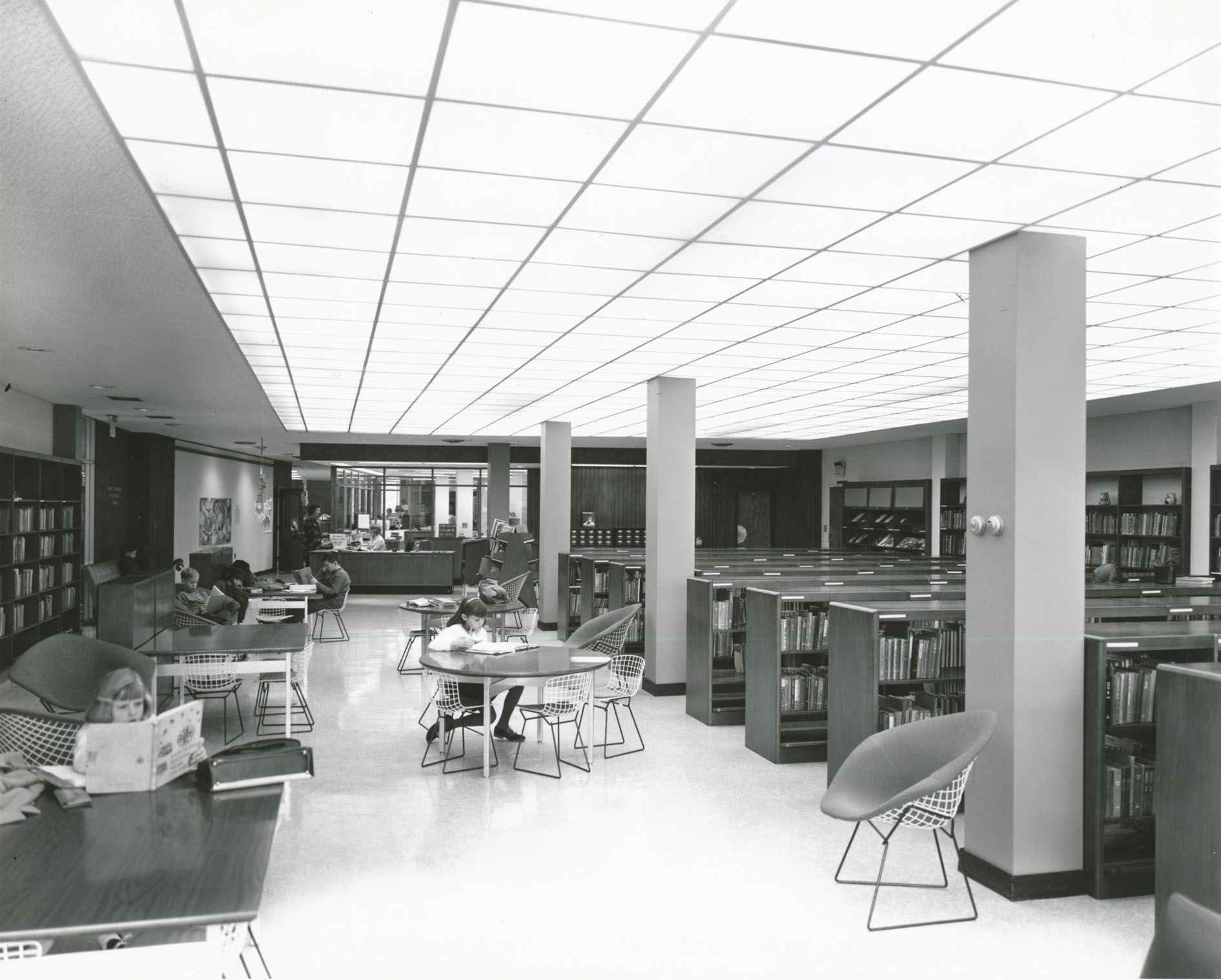
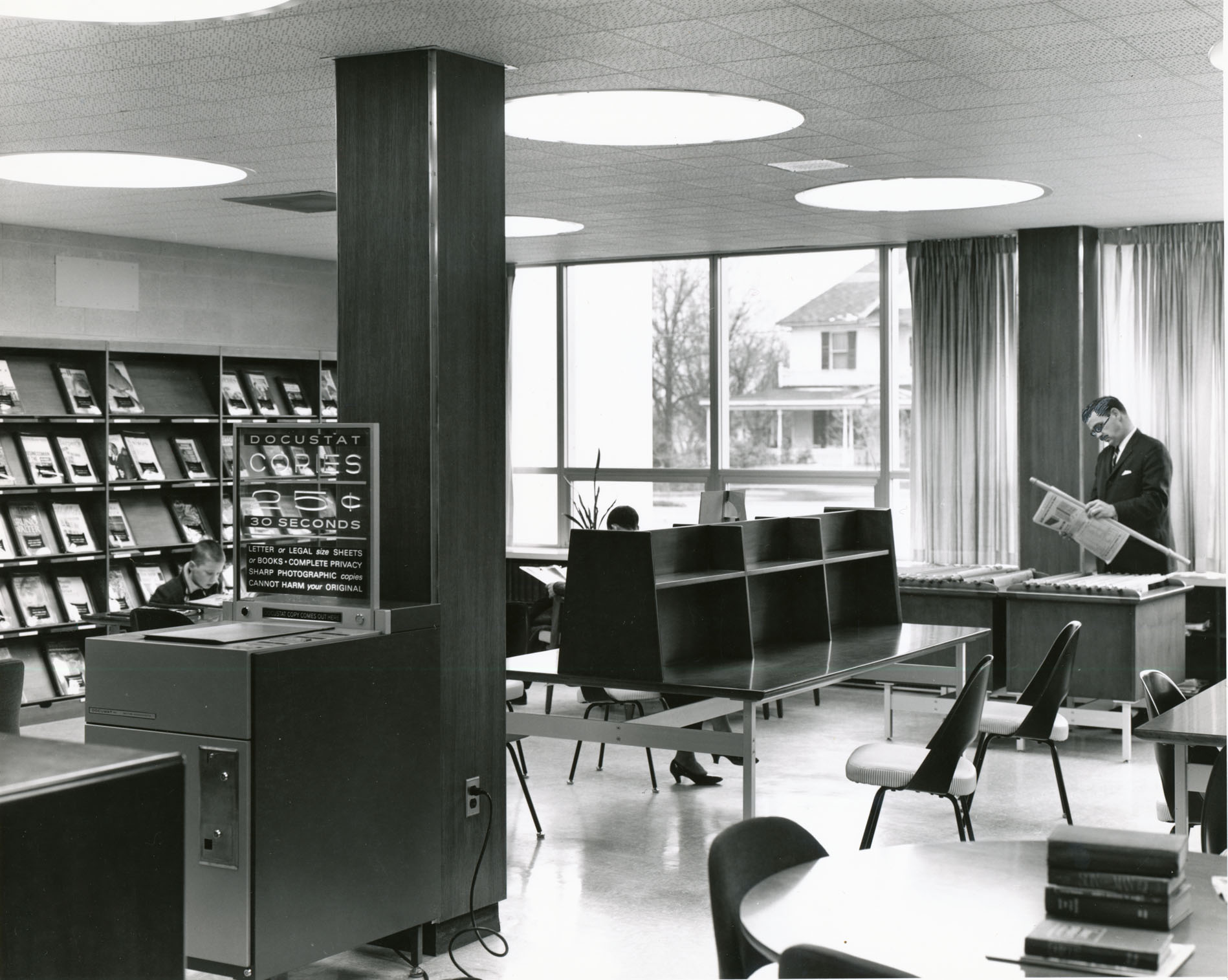
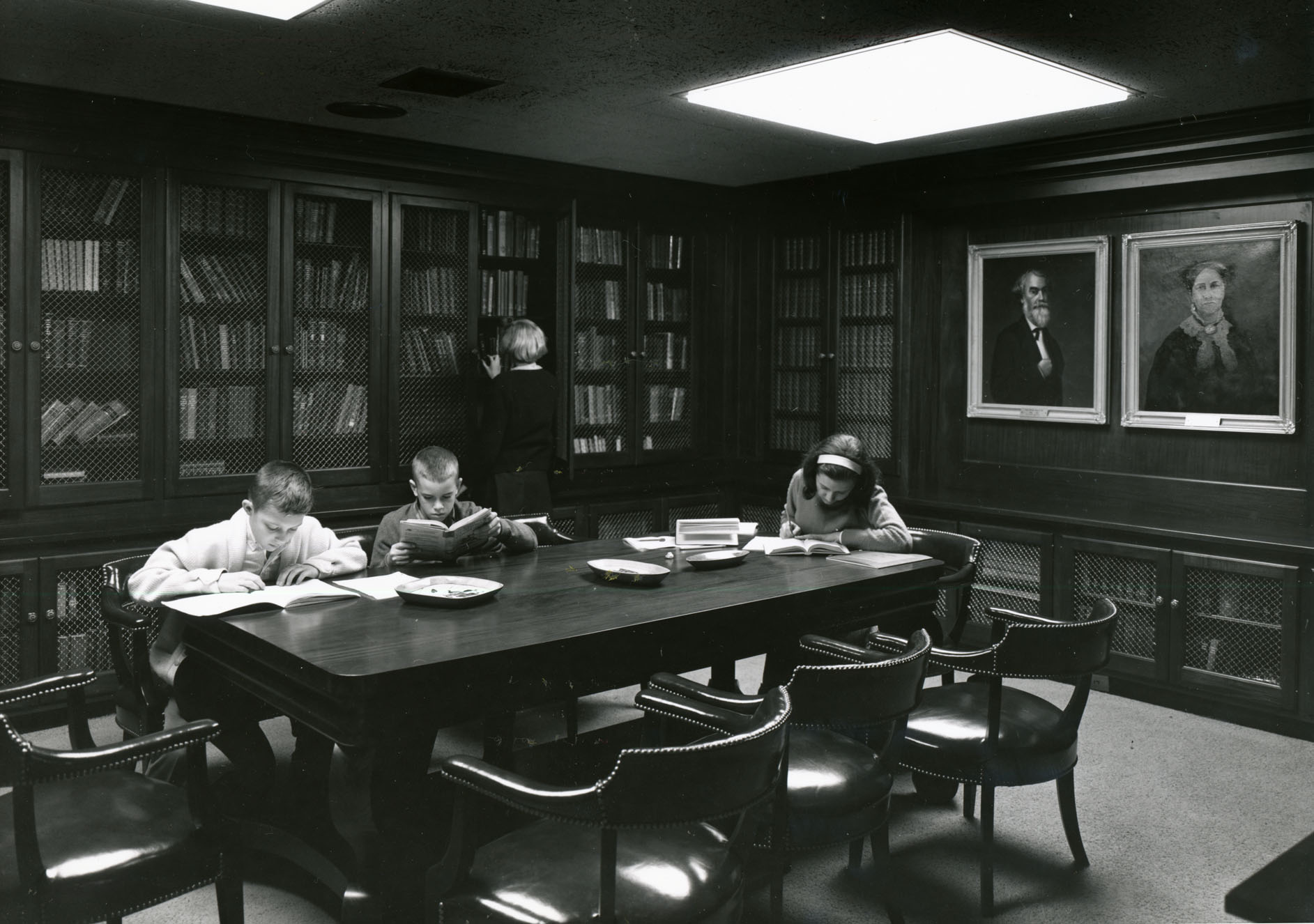
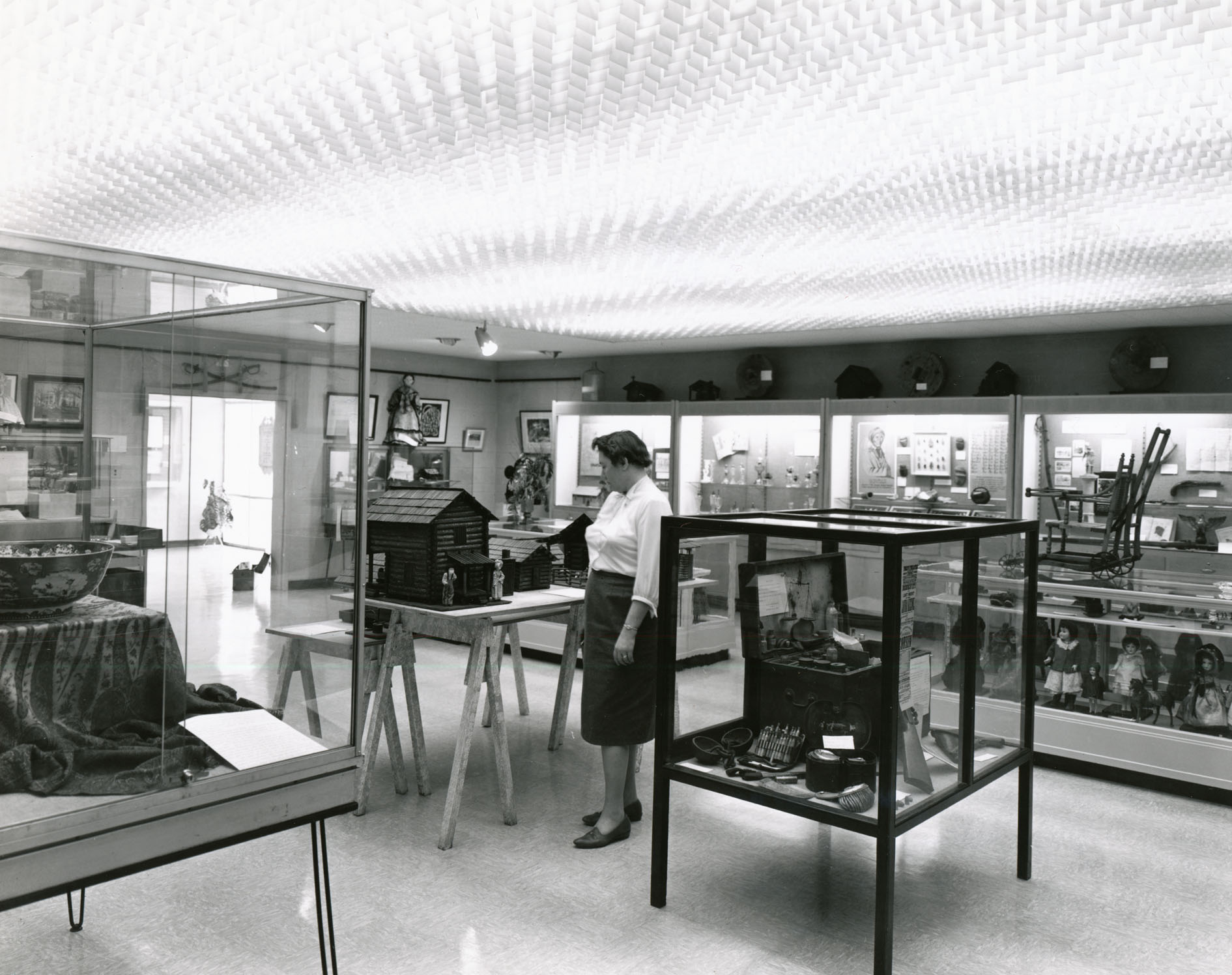
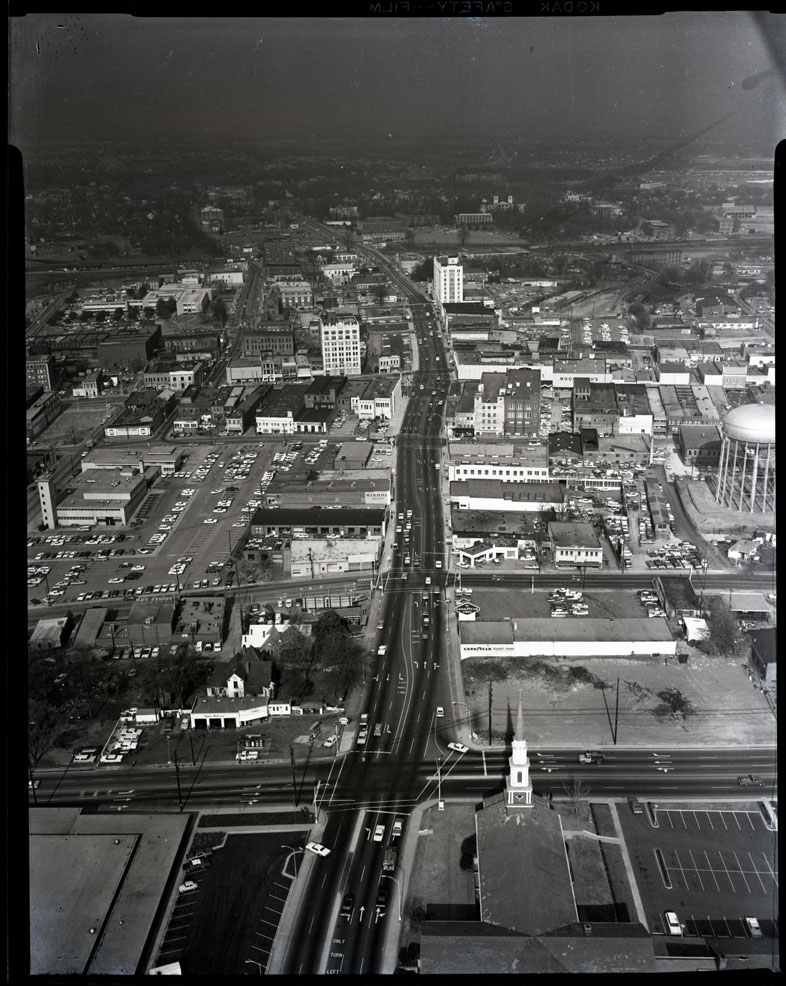
.ashx)
